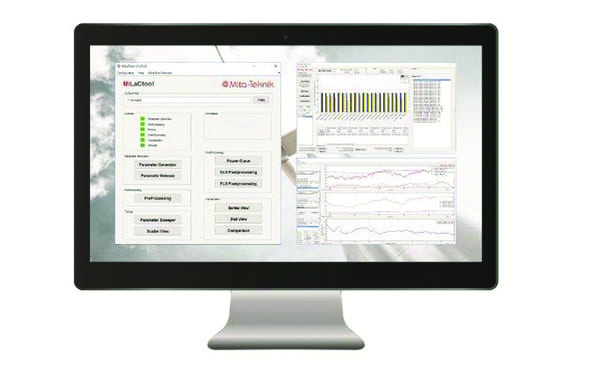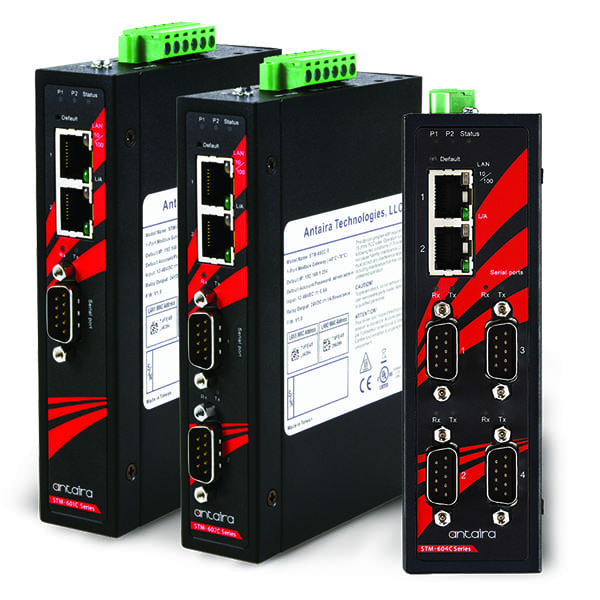Equipment Showcase: Instrumentation and Control
The power generation industry is constantly evolving, with advanced technologies becoming more ubiquitous in power plants. Along with this evolution, instrumentation and control equipment continues to be key to a plant’s processes and design, important for emissions reduction, energy efficiency, and cost savings. Modern power plants need to incorporate the most appropriate operating systems, subject to constraints engineers have for their projects, to maintain satisfactory operating values and the proper parameters for temperature, pressure, flow, and more. The correct instrumentation and control equipment remains as important today as ever, and some of the leading manufacturers and service companies for this equipment are featured here.
Panel Guard Enclosure Cooler Controls Temperatures
In a small corner of dry, arid Colorado, inside a small electric enclosure, a compact but highly advanced piece of technology is helping to keep the power on for thousands of houses across a four-state region. Heat from the flue gas contained within the duct work and other areas of the coal-fired power plant in which it resides can damage the sensitive multi-function electronic drives and servers that run the process. In order to keep the plant at a safe temperature for workers and electronic equipment, fans are installed in the ceiling of the plant to ventilate the enclosure, and to cool the drives in the summer and keep them warm in the winter. The plant has installed a Vortec Panel Guard Enclosure Cooler (Figure 1) to keep the 480V panels cool. Vortec’s enclosure coolers are designed around the vortex tube principle, providing an economical alternative with no moving parts. Vortex Tubes convert compressed air to a low-pressure cold air source to keep electronic enclosures and panel components protected so they can operate precisely. A compressed air stream enters the vortex tube where it spins rapidly, splitting into hot and cold air streams. Cooling performance is easily adjusted by changing the inlet air pressure, or by changing the generator in the tube itself. Vortex enclosure coolers also maintain a slight pressurization in the cabinet to keep circuit breakers clean and dry, preventing future trips even in the heat of late summer. Vortec Panel Guards operate in environments up to 175F, and are thermostatically controlled to reduce operating cost. Vortec, Cincinnati, Ohio
 |
| Courtesy: Vortec |
New Load and Control Toolbox for Wind Turbine Design
Mita-Teknik in Denmark is launching a new load and control toolbox that optimizes the design and load calculations for all sizes of wind turbines. By using this toolbox, the design process can be reduced by 90%. Mita-Teknik, which provides state-of-the-art technology for the renewable energy market, said its MiLaCtool is the only independent load calculation system (Figure 2) that allows customers to easily perform advanced simulations. It optimizes all working operations during the design iterations of the wind turbine, and gives a complete overview of dependencies and impacts of all loads in the wind turbine. Today there is a significant focus on levelized cost of energy. The MiLaCtool, combined with Mita-Teknik’s advanced control algorithms, allows partners to optimize the design process even further, resulting in substantial cost savings, said Thomas Andersen, CTO at Mita-Teknik. The new toolbox allows engineers to design and evaluate the results from the load calculations faster than before, optimizing the design process and reducing its duration from two weeks to as little as one day. The system offers a complete load and dependency view that ensures a robust and optimized turbine design. Mita-Teknik holds several patents on its advanced control algorithms. Combining these with MiLaCtool results in a most-advanced control solution, ensuring optimal performance and load optimization on both onshore and offshore wind turbines. Mita-Teknik, Rødkærsbro, Denmark
 |
| Courtesy: Mita-Teknik |
New Series of Serial to Modbus Gateways Launched
Antaira Technologies develops and manufactures industrial networking devices and communication solutions for harsh environment applications. The Brea, California-based company has expanded its industrial networking infrastructure family with the introduction of the STM-60XC (Figure 3) series of Serial to Modbus Gateways. Markets are driving the need for Modbus RTU and ASCII devices to communicate with ethernet and ultimately cloud devices as part of the Industrial Internet of Things. That need prompted Antaira to take a look at Modbus Gateway technology and integrate it into the Antaira portfolio. The new STM-601C, STM-602C, and STM-604C provide options for a wide range of uses in industrial applications including 1-, 2-, and 4-serial port options. All three of these models provide dual ethernet connections with the ability to provide unique IP and MAC addresses per port, giving the devices the ability to be used in a redundant network design. The reverse polarity and overload protected redundant power inputs add the level of engineering that is expected in true industrial devices. Antaira’s STM-60XC series supports up to 921.6 kbps and any baud rate setting, making it scalable for any Modbus RTU or ASCII network. The series of gateways also support up to 16 connections per serial port under Modbus master mode and 32 sessions under Modbus slave mode. Antaira Technologies, Brea, California
 |
| Courtesy: Antaira Technologies |